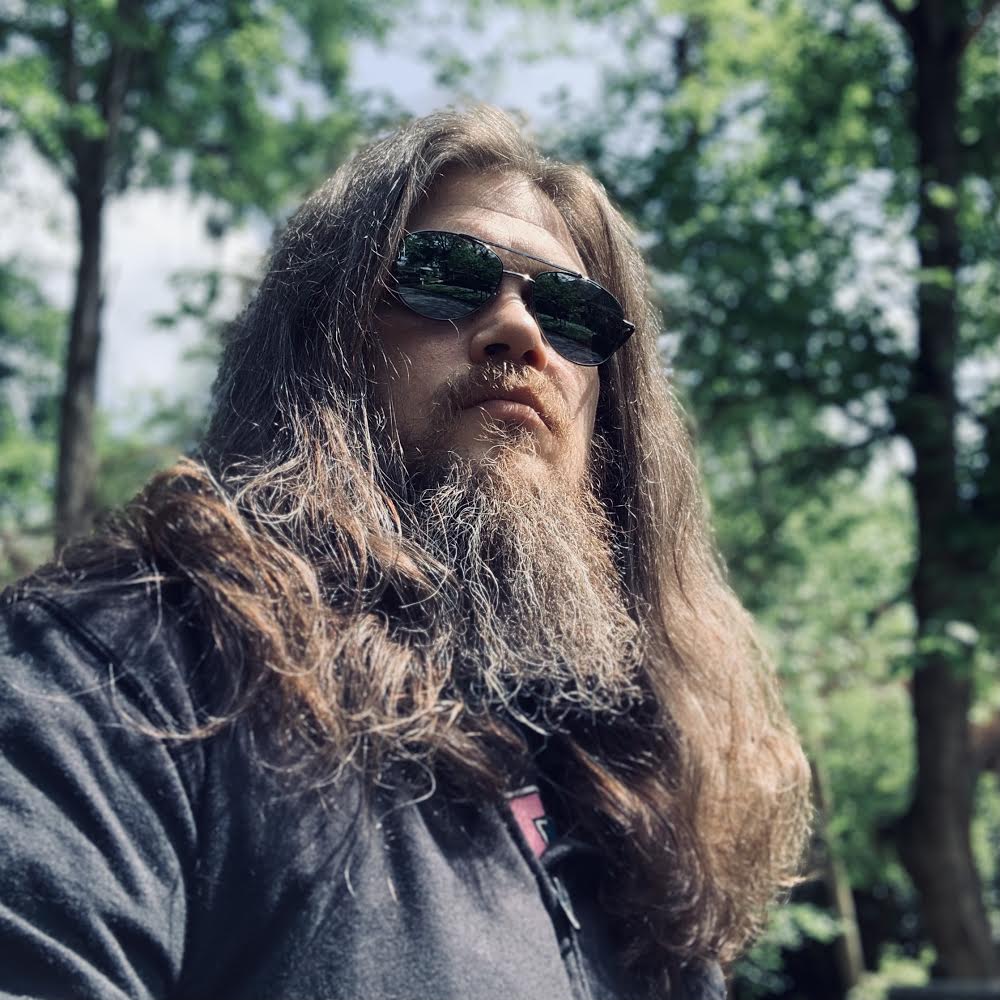WandaVision: How the comic book story Avengers: Standoff could explain Westview
WandaVision's Westview may be an adaptation of Marvel Comics' Pleasant Hill - and that could have major MCU ramifications.
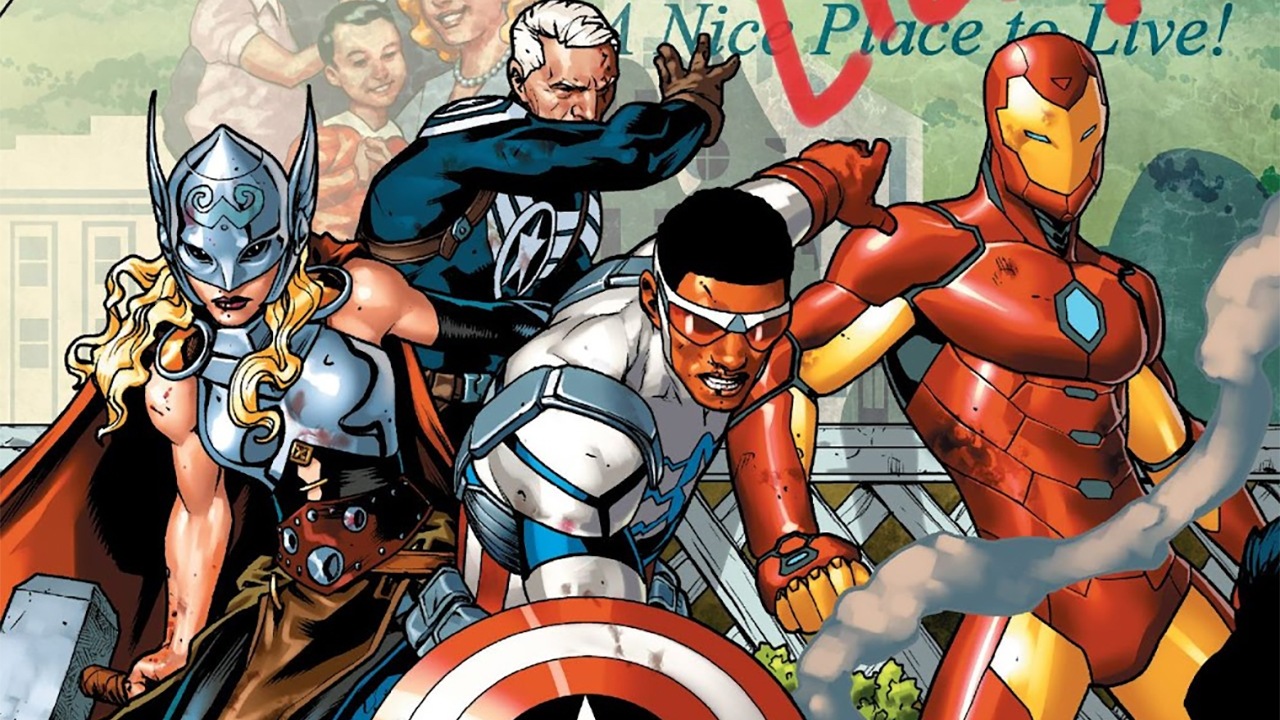
WandaVision has now premiered on Disney Plus, with the first two episodes that pay homage to classic sitcoms, setting the stage for a massive mystery surrounding Wanda Maximoff and Vision's new home of Westview.
Though Westview is itself a creation of the show, new to the Marvel Cinematic Universe, it may have its roots in another mysterious comic book town, Pleasant Hill – a small community with a dark secret that was at the heart of the 2016 limited series Avengers: Standoff.
If Westview is anything like Pleasant Hill (and we've got plenty of reason to believe it is), the bizarre nature and purpose of Pleasant Hill may provide the key to explaining exactly what's going on with Wanda and her new hometown.
What is Pleasant Hill?

On its surface, Pleasant Hill is a quaint American small town in Connecticut, with oodles of Mayberry-style charm and a population of kindly locals to match. But Pleasant Hill has an almost unfathomable secret – it's all an illusion constructed by S.H.I.E.L.D. to contain the world's most dangerous supervillains by brainwashing them into thinking they're ordinary townsfolk living their lives in Pleasant Hill.
Among the villains present in Pleasant Hill are Captain America's arch-enemies Red Skull and Baron Zemo, along with a majority of Zemo's Masters of Evil – including his former Thunderbolts Atlas, Moonstone, Songbird, and Fixer, the latter of whom was an evil genius that figured out how to break the illusion and brainwashing of the Pleasant Hill townspeople.
The whole operation is headed up by none other than S.H.I.E.L.D., led by Maria Hill (played by Cobie Smulders in the MCU) with the help of Erik Selvig, Thor's scientist pal played in multiple films by Stellan Skårsgard, who are committed to the incarceration/rehabilitation concept despite the fact that it's all powered by the infamous Cosmic Cube, a cosmic, reality-altering artifact that was adapted into the MCU's Tesseract – which was, of course, an object of study for Selvig.
Whew! Got that?
Good, because we're just getting warmed up.
Comic deals, prizes and latest news
Get the best comic news, insights, opinions, analysis and more!
What happened in Avengers: Standoff?
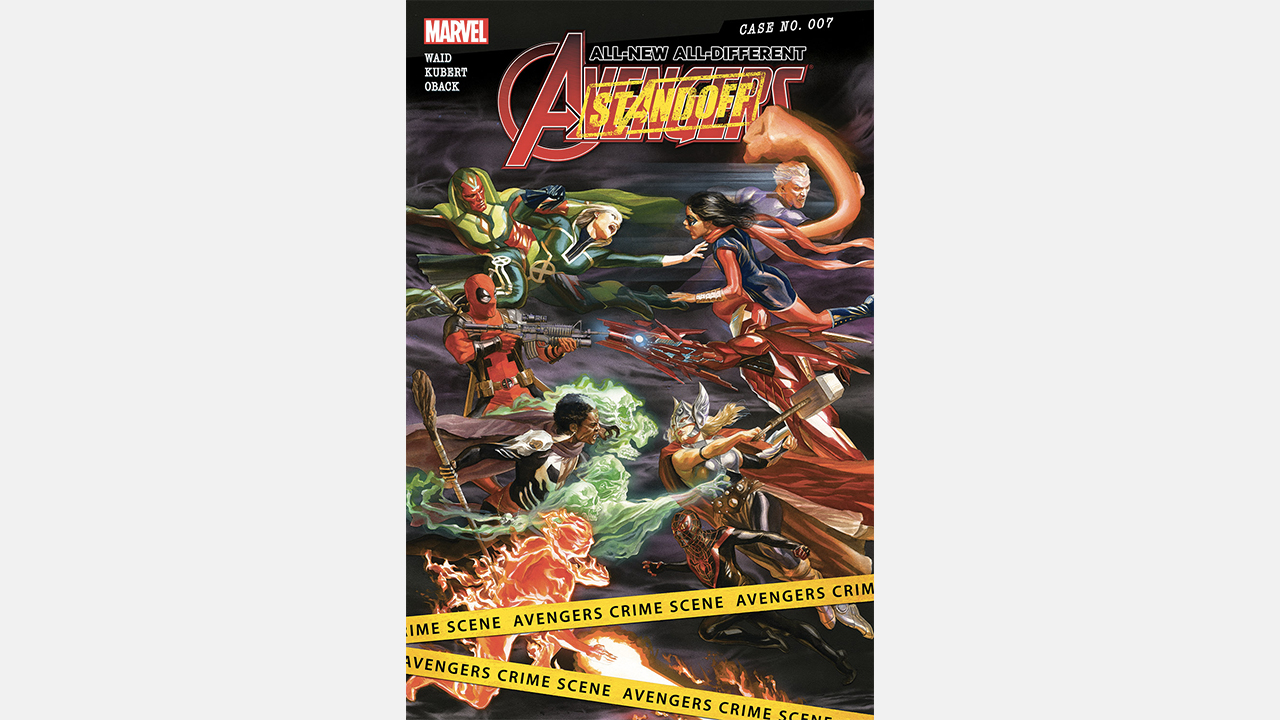
In Avengers: Standoff, Bucky Barnes happens upon Pleasant Hill while investigating an incident seemingly related to the Cosmic Cube and after losing a fight to S.H.I.E.L.D. agents, he's taken into custody and brainwashed into the population of Pleasant Hill to keep the town's secret from leaking.
While investigating his friend's disappearance, Steve Rogers – then an old man thanks to the loss of the Super Soldier Serum – tracks Bucky to Pleasant Hill where he discovers that not only has S.H.I.E.L.D. surreptitiously built a secret, ethically questionable super-prison, they have turned their Cosmic Cube into a sentient being in the form of a little girl named Kobik.
Thanks to Fixer's meddling, Zemo and a squad of his Masters of Evil are freed from Pleasant Hill's influence and launch an attack on the S.H.I.E.L.D. facility that is located in Pleasant Hill's city hall. Under siege, Rogers assembles the Avengers for help, leading to Maria Hill reluctantly bringing them in to help despite the exposure of her secret facility.
Ultimately, the Avengers and numerous other Marvel superheroes – including Sam Wilson/Captain America, and none other than recent confirmed MCU addition Deadpool – all converge on Pleasant Hill to take on the now fully-empowered and freed supervillains to save Rogers, Selvig, Hill, Bucky, and the others.
In the resulting conflict, Red Skull reveals himself as one of Pleasant Hill's inhabitants and the real villain behind the breakout attempt. Capturing Kobik, the villains take her to Fixer's lab where he plans to revert her back into a Cosmic Cube at the will of Zemo or Red Skull (both villains want the power and plan to betray the other).
As the heroes and villains fight, Zemo tries to get Kobik to lend her power to the villains, while Selvig tries to convince her to side with S.H.I.E.L.D. Finally, Kobik seemingly sides with the heroes, restores Steve Rogers to his youthful Super Soldier self, and teleports both Zemo and Selvig away, allowing Steve to defeat the Red Skull and the Avengers to round up the remaining villains.
Kobik chooses Winter Soldier as her guardian, and the pair assemble a new team of Thunderbolts – a Marvel team usually comprised of villains-turned-heroes, originally led by Baron Zemo – including some of the team's original roster.
How could Pleasant Hill play into WandaVision?
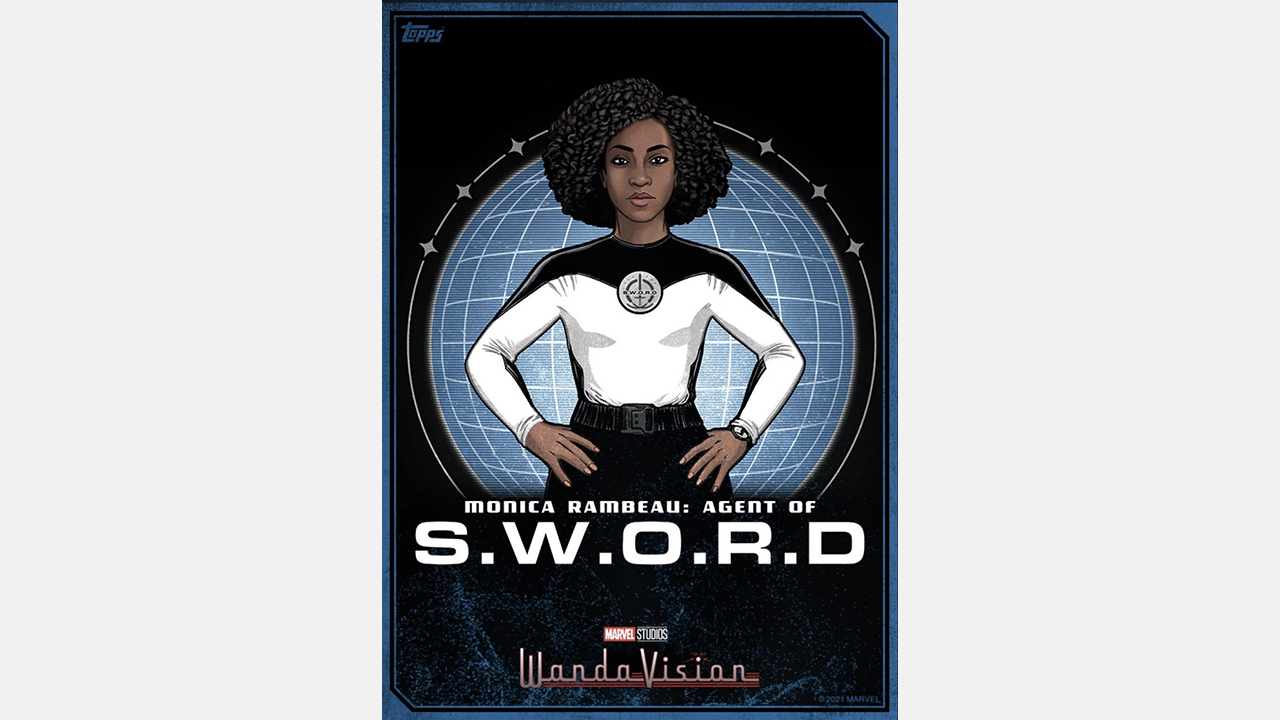
Standoff had a lot of Marvel Comics fall out, and while very little of it had to do with Scarlet Witch and Vision, many of the story's plotlines seem to be reflected in WandaVision – including some of the possible ramifications.
Let's start with the obvious. Wanda is apparently being held hostage in Westview by someone – or someones – with Agent Jimmy Woo (and possibly others) looking for her, as evidenced by what is believed to be Woo's voice coming into Westview over the radio, interrupting the illusion.
There's also evidence that Vision and perhaps others don't actually know how they got to Westview, with Vision's job apparently consisting of a never-ending series of calculations that don't correspond to anything. Could that in itself be a hint at how Vision's computerized Synthezoid body, previously thought to be destroyed by Wanda herself and then again by Thanos in Avengers: Infinity War, could play into whatever is going on in Westview?
Could that in itself be a hint at how Vision’s computerized Synthezoid body, partially destroyed by Thanos in Infinity War,
Wanda has also been imprisoned for the inconvenient nature of her powers before, in Captain America: Civil War – and she's also got a level of untapped potential that could mean whoever is her captor, be it S.H.I.E.L.D., SWORD (who play a role in the show, in an incarnation somewhat different from their comic book counterparts), or someone more sinister.
Who might that be?
For one thing, both Zemo and Selvig are significant parts of the MCU. While Zemo, played by Daniel Bruhl, is slated to return in Marvel's next Disney Plus series The Falcon and the Winter Soldier, that means he's potentially on the board at least for the follow-up of whatever occurs in WandaVision.
As for Selvig, he may not necessarily show up in WandaVision, but his protégé Jane Foster's lab assistant D'arcy, played by Kat Dennings, is confirmed for the show, giving an in for the Tesseract (the MCU's Cosmic Cube stand-in) to somehow appear, and for Selvig's role in Avengers: Standoff to be played by D'arcy.
Though the Tesseract, which housed the Space Stone, was technically destroyed by Thanos along with the other Infinity Stones, the Stones (specifically the Mind Stone) were the catalyst for Wanda and her brother Pietro/Quicksilver to develop their powers in the MCU. And that brings us to the next point.
In WandaVision episode 2, there's an old fashioned commercial for Strücker brand watches, with the slogan "Strücker: he'll make time for you," showing a watch with a Hydra logo. This seems an overt reference to Baron Strücker, the Hydra leader who conducted the experiment that gave Wanda and Pietro their powers, played by Thomas Kretschmann in Avengers: Age of Ultron, the movie which introduced Wanda, her brother Pietro/Quicksilver, and Vision to the Avengers.
Strücker seemingly died in Age of Ultron, but that's hardly stopped anyone in comic books or movies from making a dramatic return – especially if the sadistic necromancer the Grim Reaper is one of the show's villains, as hinted in some Easter eggs.
And in comic books, Baron Strücker's son Andreas, a mutant, became the Swordsman, a member of former Spider-Man villain Norman Osborn's incarnation of the Thunderbolts, meaning there's a potential heir to Strücker's Hydra throne already out there.
And if that's the case, some Strücker or other might be the perfect stand-in for MCU Hydra founder the Red Skull, who had his own run-in with the Tesseract in Captain America: The First Avenger, leading to his fate in Avengers: Infinity War as the guardian of the Soul Stone.
This brings us to the last pieces of fallout from Avengers: Standoff. First up, there's the matter of Quasar. In Marvel Comics, Quasar is a cosmic superhero not unlike Captain Marvel, who wields powerful weapons called Quantum Bands.
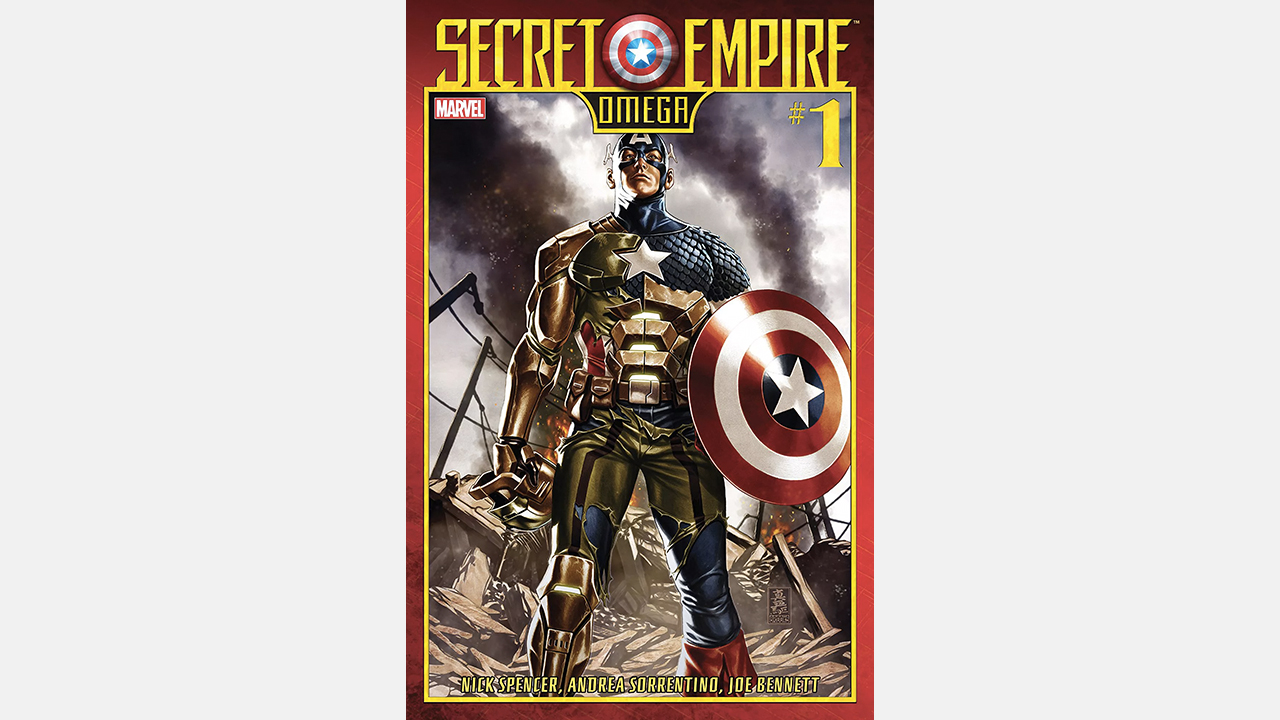
In Standoff, a S.H.I.E.L.D. agent named Avril Kincaid inherits the Quantum Bands to become the new Quasar. While Avril Kincaid doesn't seem to appear in WandaVision (that we know of), the show does include Teyonah Parris's Monica Rambeau, all grown from her first brush with space adventure as a little girl in Captain Marvel.
In comic books, Monica Rambeau is a one-time bearer of the name Captain Marvel herself, with energy powers and a longtime Avengers pedigree. In WandaVision, Monica first appears in Westview using the name Geraldine, though promotional material from Topps shows her as an agent of SWORD. Could WandaVision adapt Standoff's introduction of a new Quasar by giving Monica Rambeau powers and a new codename?
Though she's never used the name Quasar in comic books, she has gone by Photon, Pulsar, and Spectrum (after giving up her original codename of Captain Marvel, which was not in use when she began her superhero career), so it's not like it would be unprecedented for her to take on a slightly new identity.
Interestingly, Monica Rambeau was also part of an incarnation of the Thunderbolts, as one of the team's heroic liaisons. It was in this era that she took the name Pulsar.
And then there's silly neighbor Agnes, played by Kathryn Hahn, rumored to be an adaptation of Wanda's magical mentor Agatha Harkness, a powerful witch who taught Wanda in the ways of Chaos Magic, eventually leading to the events of House of M – itself already hinted at in WandaVision with an Easter egg. Could Agnes be Agatha Harkness also held in whatever Westview actually is?
And that brings us to the final piece of Standoff fallout – the reinvigoration of Steve Rogers. Strap in, 'cause this is kind of a doozy – and it may have direct ramifications on the future of the MCU.
In the aftermath of Standoff, Steve, returned to his youthful vigor, became Captain America again. But rather than take his mantle back from Sam Wilson (who was Steve's successor as Cap just like in the MCU), Steve let Sam keep his shield and the name, taking up a new shield and sharing the duties of Captain America.
But all was not as it seemed.
As it turns out, when Kobik gave Steve his youth and Super Soldier powers back during Standoff, she was secretly under the command of the Red Skull, and rewrote Steve's history so rather than being an American hero, he was and always had been an agent of Hydra with a master plan to infiltrate the United States and conquer the world.
And that's a plan he succeeded at in the 2015 story Secret Empire, in which Steve revealed he was an agent of Hydra and took over as dictator of America. Through the reality-bending power of the Cosmic Cube, the 'original' non-Hydra Steve returned and defeated his evil doppelganger, eventually returning to the mantle of Captain America with Sam once again becoming the Falcon.
What could all of that mean for the future of the MCU?
Well, there is that little rumor about Chris Evans returning as Steve Rogers in a future MCU project. Marvel Studios wouldn't dare make him a villain – would they?
As you can see, just by opening the door to an adaptation of Avengers: Standoff, WandaVision could be seeding enough plotlines to wrap through the entirety of the next phase of the MCU, which all kicks off in the first of Marvel Studios' many planned DisneyPlus streaming series.
Avengers: Standoff didn't make Newsrama's list of the most impactful Marvel Comics events of all time, but if any of the above plays out in the MCU, we might have to reconsider.
I've been Newsarama's resident Marvel Comics expert and general comic book historian since 2011. I've also been the on-site reporter at most major comic conventions such as Comic-Con International: San Diego, New York Comic Con, and C2E2. Outside of comic journalism, I am the artist of many weird pictures, and the guitarist of many heavy riffs. (They/Them)
